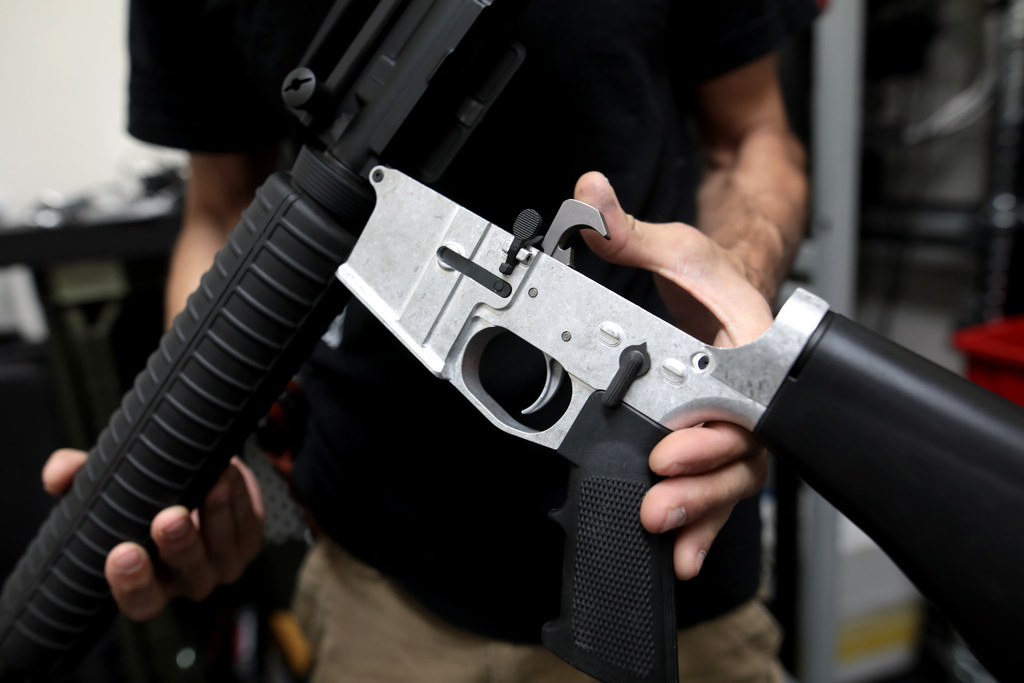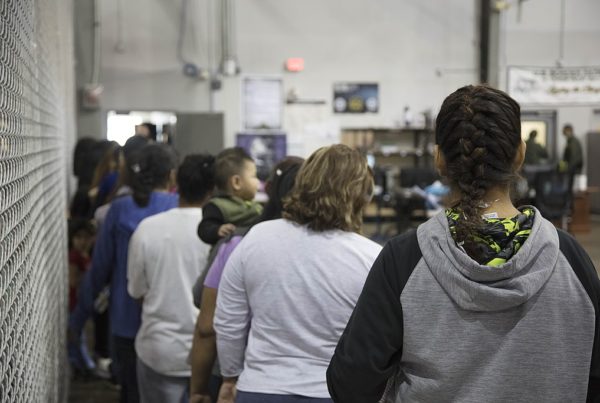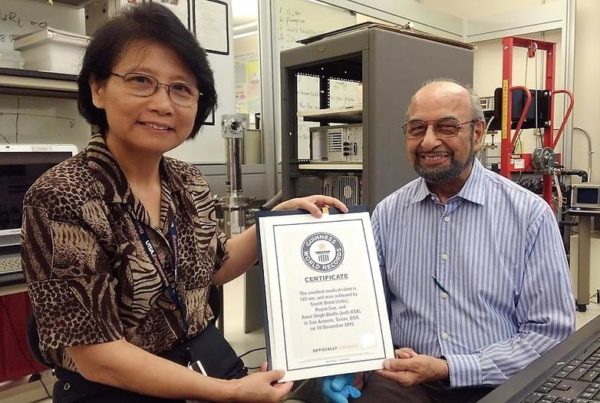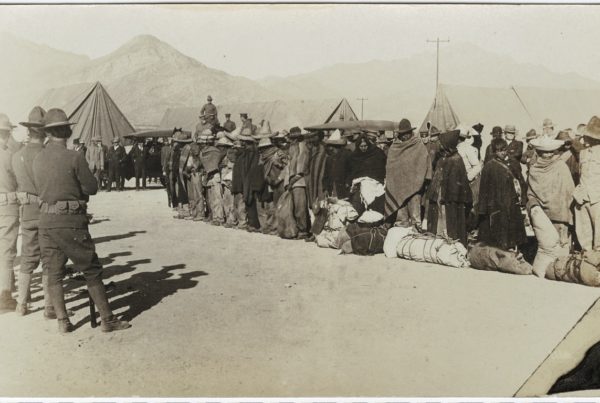Austin-based Defense Distributed has been fighting to be able to release its plans for a 3D-printed gun. First, this summer, the federal government decided to allow the company to publish the instructions online. Then a federal judge put at least a temporary stop to it. The saga has prompted a number of debates – about access to guns without serial numbers, and whether publishing the code is protected by the First Amendment. But 3D printing aside, Defense Distributed has done something else you may not have heard about. And it has to do with what a gun is, and how federal regulation may already be lacking when it comes to DIY weapons.
Antonio García Martínez, a contributing ideas writer for Wired Magazine, says that guns have become like a totally modular “Lego set,” meaning you can buy various gun parts online that can then be assembled so that a would-be weapon-owner can build 80 percent of a gun at home. The other 20 percent of what’s needed includes the serial number on the lower receiver of the gun. The serial number is where rules and regulations regarding gun ownership come into play.
“This very small part of the total construct has special rules, restricted background checks, what not, but the rest of it you can just buy online…. Well, what happens if you can just make the gun part?” García Martínez says.
The rest of the weapon’s parts can be bought online.
“You can go right now online and go and buy basically all of an AR-15,” García Martínez says.
Defense Distributed founder Cody Wilson has created a computer-numerically-controlled machine, or CNC mill, that is designed to create the lower receiver of an AR-15 rifle. The machine sells for a mere $1,200, and other parts needed to make a gun don’t cost much, García Martínez says.
It’s against U.S. law to sell the lower receiver itself, but the CNC mill is marketable through a legal loophole. Once 80 percent of a gun has been ordered and built, the rest can be printed without being added to any sort of gun registry.
“The 20 percent of the AR lower is where all U.S. gun law breaks down, where regulation just disappears. If you can magically machine that last 20 percent, there effectively is no U.S. gun law,” García Martínez says.
Written by Alexia Puente.

















